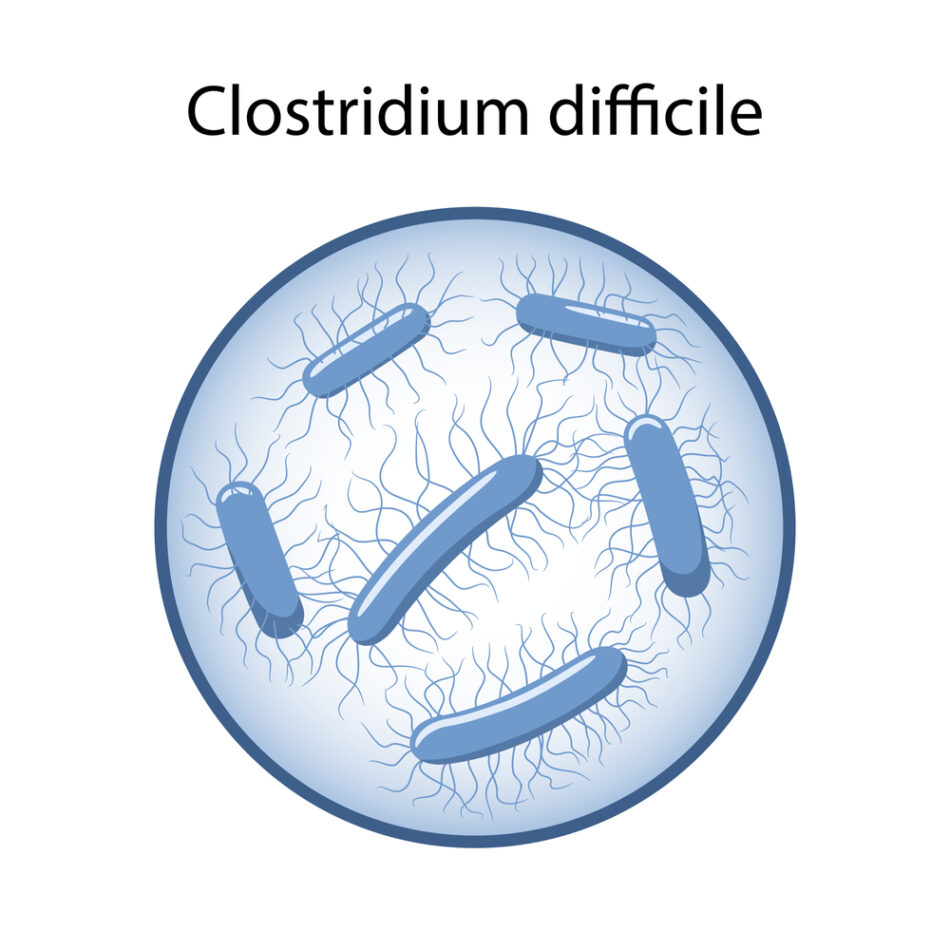Learn why the elderly face a higher risk of C. diff infection, the key factors that increase vulnerability, and how to prevent complications.
Introduction: Facts, Figures, and the Age Question
Did you know that individuals aged 65 or older account for the vast majority of hospitalizations and deaths due to C. Difficile Infection? According to recent systematic reviews, most cases and fatalities occur in the elderly. In the United States alone, there are nearly half a million cases of C. difficile annually, and approximately 30,000 deaths. Most of these happen in persons aged 65 and up. In long-term care facilities, the prevalence rate among residents (median age in the 80s) can be around 1.85 per hundred admissions. The risk of becoming infected is about ten times greater for people aged 65 and older than for younger individuals.
These numbers raise the crucial question: What is it about ageing that increases the risk and severity of C. Difficile Infection? In the following sections, we explore the biological, environmental, medical, and healthcare system factors that make elderly persons especially vulnerable.
Age-Related Changes in Immunity and Gut Microbiome
As people age, their immune systems undergo changes known as immunosenescence. The body’s ability to respond to new pathogens, to mount efficient mucosal immunity, and to maintain immune surveillance is weakened. These changes reduce resistance to infections like C. Difficile Infection. In addition, the gut microbiome (the community of microorganisms living in the intestine) becomes less diverse and resilient in older adults. Beneficial bacteria that compete with or suppress pathogenic organisms decline. Because healthy microbiota help prevent colonization by C. difficile, loss of microbiome diversity is a key risk factor. Elderly patients are therefore more likely not only to be colonized but to convert colonization into active infection.
Comorbidities and Physiological Frailty
Many older adults live with multiple chronic illnesses: kidney disease, liver disease, cardiovascular disease, diabetes, etc. These comorbidities often compromise organ function and immune competence. Malnutrition, low body mass index, poorer hydration, and impaired motility of the digestive tract are more common in the aged. All of these factors undermine the body’s ability to resist or recover from infections. In nursing home studies, many elderly patients with C. Difficile Infection had several comorbid conditions, functional dependency, or cognitive impairment. These physiologic stresses make the infection more likely, more severe, and harder to treat.
Antibiotic Use, Medication, and Medical Interventions
Antibiotics remain the single largest modifiable risk factor for C. Difficile Infection. Older adults are more likely to receive antibiotics for infections, prophylaxis, or even for non-bacterial conditions. Broad-spectrum and prolonged antibiotic use strongly disrupts the gut microbiome, giving C. difficile spores a chance to flourish. In addition, other medications commonly prescribed in the elderly, such as proton pump inhibitors (PPIs), suppress gastric acidity and may allow more spores to survive transit through the stomach. Hospitalization, surgery, and digestive tract procedures also expose elderly people to environments where C. difficile spores are common.
Healthcare Exposure, Institutional Living, and Environmental Risk
Older individuals are more likely to have been recently hospitalized, reside in long-term care facilities, or receive frequent outpatient care. These environments increase exposure to C. difficile spores, either from other patients, shared surfaces, or medical devices. In long-term care facilities, inability to fully isolate, frequent antibiotic use, shared bathrooms, and staff movement all contribute. The environmental persistence of spores makes cleaning more difficult. The elderly often have more interactions with the healthcare system, increasing the cumulative risk of exposure to C. difficile Infection.
Higher Severity, Recurrence, and Mortality
Not only are older adults more likely to get C. Difficile Infection, but they also tend to suffer more serious outcomes. Mortality rates, complication rates (such as colitis, toxic megacolon, sepsis), and risk of recurrent infection are all higher in patients aged≥ 65. Studies show that recurrence rates increase with each subsequent episode, which is especially problematic in elderly people whose recovery is slower. Disability adjusted life years (DALYs) and death rates due to C. difficile have been shown to rise steadily among elderly populations worldwide over the past decades.
Strategies to Reduce Risk of C. Difficile Infection in Older Adults
Given the elevated risk in older populations, what strategies help reduce incidence, recurrence, and severity?
- Antibiotic stewardship: Limit unnecessary antibiotic use, choose narrow-spectrum agents, when possible, and shorten the duration of therapy.
- Medication review: Regularly assess whether medications like PPIs are essential.
- Infection control in care settings: Rigorous hand hygiene, environmental cleaning targeting spores, and protocols in hospitals and nursing homes.
- Nutrition and hydration: Ensuring older adults have adequate nutrition, maintain gut health, and avoid dehydration.
- Monitoring and early diagnosis: Recognizing symptoms quickly (diarrhea, abdominal pain) and treating early to avoid complications.
- Supportive care and post-infection follow-up: After an infection, support immune recovery, monitor for recurrence, and possibly use fecal microbiota transplant or newer therapeutics when appropriate in frail older adults.
Conclusion
Age increases both the likelihood and the severity of C. Difficile Infection through a combination of declining immunity, disrupted gut microbiome, presence of comorbidities, frequent antibiotic exposure, and greater contact with healthcare environments. The elderly are disproportionately affected in terms of morbidity, mortality, and recurrence. However, understanding these risk factors allows targeted prevention and management strategies that can reduce the burden and improve outcomes. By implementing antibiotic stewardship, enhancing infection control, optimizing nutrition, and monitoring carefully, many cases may be prevented or better managed. As the global population ages, prioritizing protections for older adults against C. Difficile Infection becomes not just a medical necessity but a public health imperative.
 WhatsApp Us Now
WhatsApp Us Now







